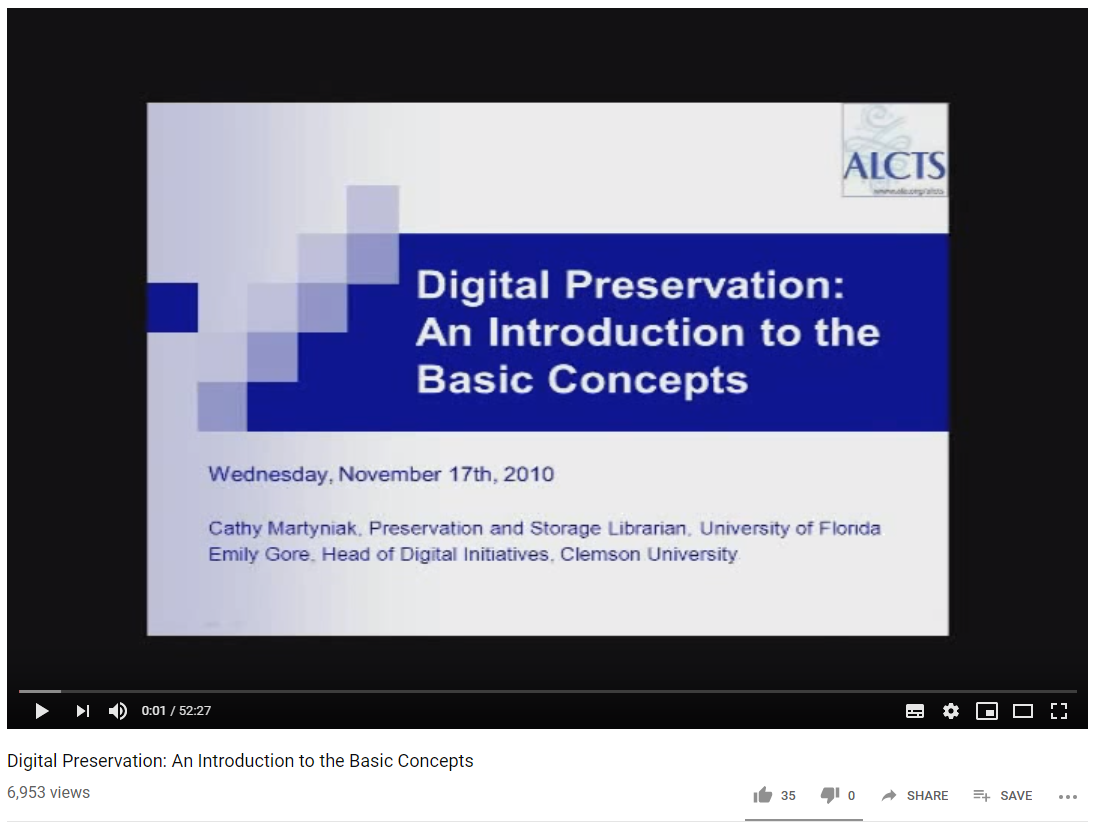What is Digital Curation in Museum - Part 1
What is digital curation in museums?
First, let's see the definition of digital curation. If summed up in one sentence, digital curation is ‘the management and preservation of digital data over the long-term’. It indicates that the object of the process is digital data and the main purpose is to manage data through all activities in museums, including creating, archiving, documenting, and to ensure its long-term availability and possibility for future reuse. This term is quite new and still evolving with the development of related disciplines. The first time when digital curation was used was at the “Digital Curation: digital archives, libraries and e-science seminar” in 2001 (Beagrie & Pothen, 2001).
Usually in the scientific literature, there are more discussions about digital curation in a narrow-scale, facing the environment of scientific research data and the e-Science. Early in 2003, an "e-Science Curation" report submitted by Lord and MacDonald to the Joint Information Systems Committee considered to use three key activities to define 'digital curation' which was a relatively new field, namely curation, archiving and preservation. "Curation" is the activity of managing and facilitating the use of data as once it is produced. This activity ensures that the data is consistent for current application purposes and can be discovered and reused. “Archiving” refers to one of the processes of curation that ensures that data is reasonably selected and stored, accessible, and the logical and physical integrity of the data, including security and authenticity, is maintained over time. "Preservation" is the activity of archiving and its object is the specific part of the data (JISC, 2003).
Also, a more representative definition was given by the Digital Curation Centre (DCC), which considers digital curation involves maintaining, preserving and adding value to digital research data throughout its life-cycle. This term stems from the background of the vast amount of digital data generated during academic and research processes, and therefore people require not only the preservation of data, but also a system or tool that supports interdisciplinary data sharing and the use of digital resources.
Things you should know about digital preservation and digital curation
In the research field of data preservation, ‘digital preservation’ is a term that is sometimes used interchangeably with ‘digital curation’ to describe a particular stage of work. Here is a definition of digital preservation:
“Digital preservation combines policies, strategies and actions to ensure access to reformatted and born digital content regardless of the challenges of media failure and technological change. The goal of digital preservation is the accurate rendering of authenticated content over time. (Harvey, 2016)”
However, by comparing the definitions of the two, we can see that digital curation actually represents a wider range of contexts and content. It not only involves the technical problems of storage and maintenance of digital files, but also focuses on the pre-selection and elimination mechanism of data, and how to add value to digital files and other considerations.
Therefore, digital preservation should be one of the important activities in digital curation. The support of Preservation is the technical basis of the latter. Digital Conservation emphasises the backup of data or digital files, as well as the process and policy of maintaining access in the event of technological changes, media failures, etc.(Harvey, 2016). Notice that the book above written by Harvey provides a detailed interpretation of the definitions of digital curation and digital preservation to answer questions such as differences and relationships between them.
Museums in the past two decades have witnessed digital technologies how they change the minds and behaviours of their audiences and ultimately influence their own mission and work. They realised that traditional collection management was not enough. They need to digitise and reproduce the physical objects to leave files to support the preservation and research of the collection, as well as the preservation and management of the emerging born-digital content. Not only that, but the global development of the network also brings the public's access needs – as taxpayers, they want to get reliable, best free museum information through the Internet, and see the cultural institutions of their fund will be theirs How the supporters provide what kind of benefits.
In conclusion, digital curation in museum should include management and preservation of digital data, and stabilisation and accessibility of data in long term. Besides, curation in museum has more specific practical needs such as research and public education.
